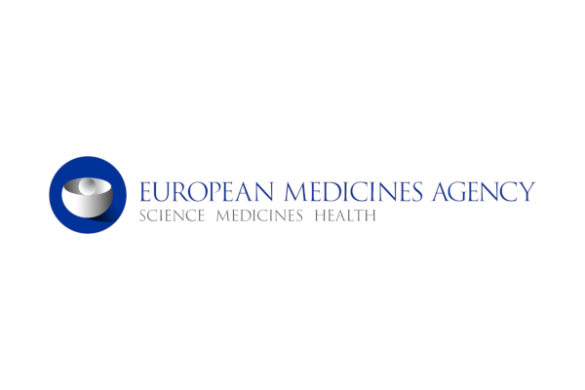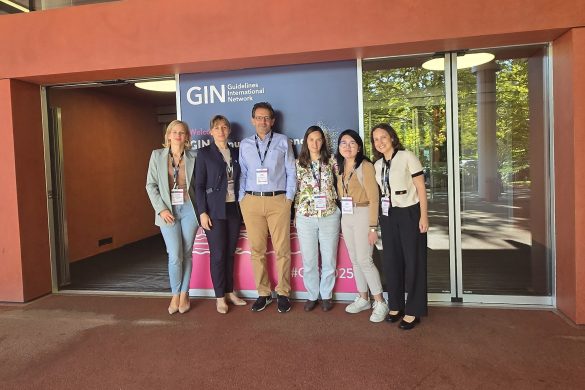Cross-sectional case-control studies (Blue)
The COVID-19 outbreak has added challenges to providing quality acute stroke care due to the reallocation of stroke resources to COVID-19. Case series suggest that patients with COVID-19 have more severe strokes; however, no large series have compared stroke outcomes with contemporary non-COVID-19 patients. The purpose of this retrospective multicentre cohort study was to analyse the impact of the COVID-19 pandemic on stroke care and to evaluate stroke outcomes according to diagnosis of COVID-19. Consecutive acute stroke patients admitted to 7 stroke centres from February 25 to April 25, 2020 (first 2 months of the COVID-19 outbreak in Madrid) were enrolled. The quality of stroke care was measured by the number of admissions, recanalisation treatments, and time metrics. The primary outcome was death or dependence at discharge. A total of 550 acute stroke patients were admitted. A significant reduction in the number of admissions and secondary inter-hospital transfers was found. COVID-19 was confirmed in 105 (19.1%) patients, and a further 19 patients were managed as suspected COVID-19 (3.5%). No differences were found in the rates of reperfusion therapies in ischaemic strokes (45.5% non-COVID-19, 35.7% confirmed COVID-19, and 40% suspected COVID-19; P=0.265). However, the COVID-19 group had longer median door-to-puncture time (110 versus 80 minutes), which was associated with the performance of chest computed tomography. Multivariate analysis confirmed poorer outcomes for confirmed or suspected COVID-19 (adjusted odds ratios, 2.05 [95% CI, 1.12-3.76] and 3.56 [95% CI, 1.15-11.05], respectively). The authors concluded that this study confirms that patients with COVID-19 have more severe strokes and poorer outcomes despite similar acute management. Furthermore, a well-established stroke care network helps to diminish the impact of such an outbreak in stroke care, reducing secondary transfers and allowing maintenance of reperfusion therapies, with a minor impact on door-to-puncture times, which were longer in patients who underwent chest computed tomography.








